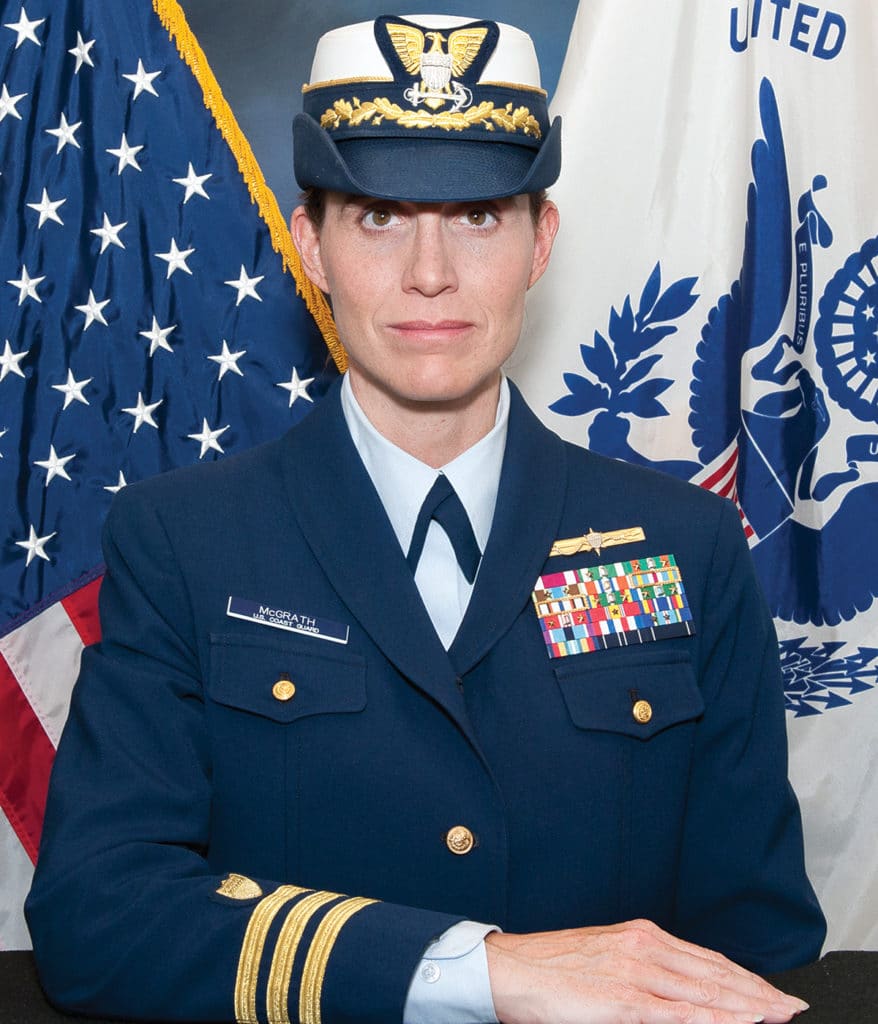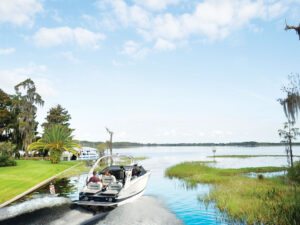
The next time you’re cruising the North Atlantic and don’t slam into an iceberg, thank the International Ice Patrol, part of the United States Coast Guard. For more than 100 years it’s been broadcasting iceberg warnings to anyone who listens. We spoke to Cmdr. Gabrielle McGrath to understand how it works.
What can you tell me about the Titanic?
Obviously the sinking of the Titanic in 1912 was a terrible tragedy: 1,500 people died after the ship hit an iceberg. It was the incident that created our unit. In 1912 and 1913, two Navy vessels patrolled the area near the Grand Banks of Newfoundland, and then during World War I the Coast Guard picked it up. Today, we collaborate with the Canadian Ice Service.
What do you do?
We monitor the iceberg range and the iceberg limit. We compute information from anywhere we can get it — Coast Guard aircraft patrolling Newfoundland’s Grand Banks, commercial reconnaissance, the Canadian Ice Service — and compile the data into one product that we send out to ships.
Internet or Morse Code?
It depends on the capability of the ship. Some have access to the Internet; some print out a fax; some [get information by] radio. Or they monitor our website or the National Weather Service website. Our product is available to any international vessel, from commercial ships to small fishing boats.
Why concentrate on the North Atlantic? Won’t Antarctica grow jealous?
It’s the only location in the world where we have an intersection of shipping lanes with icebergs. Greenland’s Labrador Current takes icebergs north first and then to the south, where they cross the Great Circle route. In addition, the cold Labrador Current intersects with the warm Gulf Stream current, which creates fog in the summer and storms in the winter. With those two pressure systems we’ll see 30- to 60-foot waves. It’s very dangerous. There’s sea ice as well, depending on the season. The sea ice often freezes around the iceberg, and when it’s encapsulated in sea ice, it’s not exposed to the warming elements and it’s able to drift much farther south.
How large is the area you cover?
500,000 square miles.
Since you’ve been in business, has there been another Titanic?
We have a perfect safety record since the Titanic. But there have been collisions with vessels that have not monitored our product.









